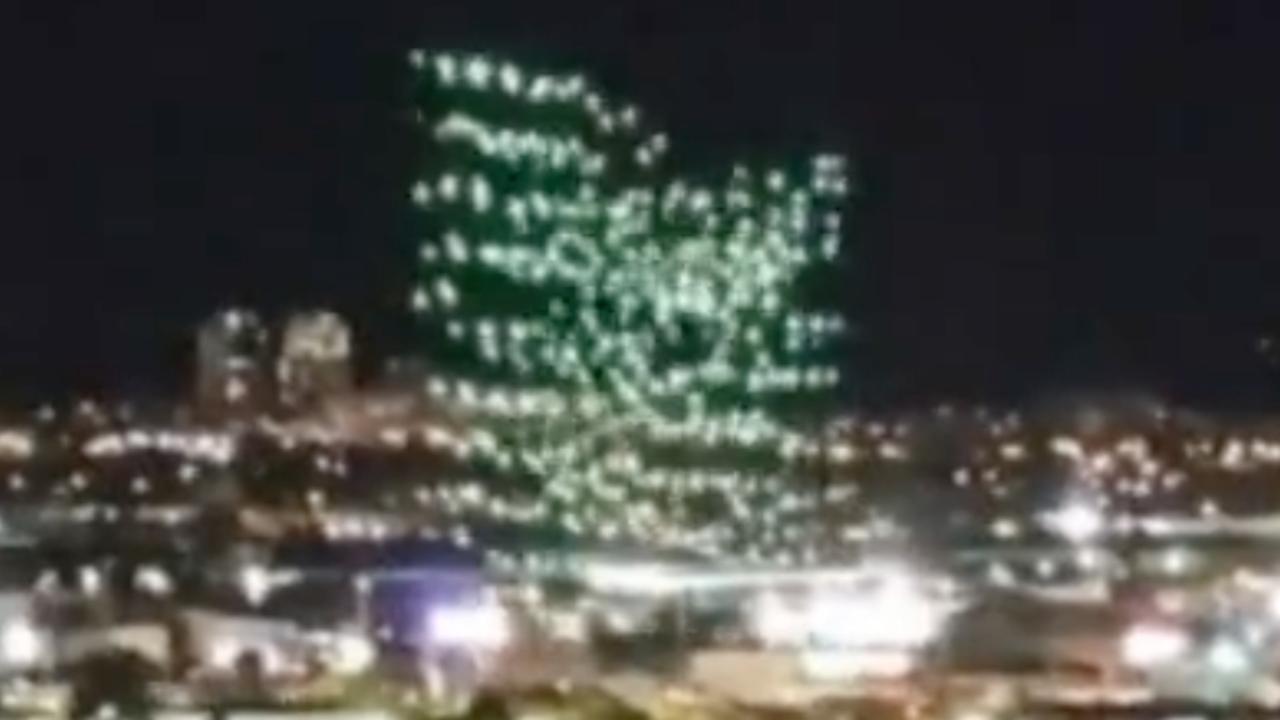Orlando Drone Show Malfunction: A spectacular drone show over Orlando experienced an unexpected technical failure, leaving audiences and organizers alike questioning the safety and reliability of these increasingly popular displays. This incident serves as a case study, examining the technical aspects, safety implications, and broader impact on the burgeoning drone entertainment industry. We delve into the specific events, potential causes, and the subsequent public and media reactions to understand the full scope of this malfunction and its ramifications.
The analysis will cover various aspects, from the precise nature of the malfunction and its observable effects to potential contributing factors, including technical glitches, environmental conditions, and human error. Further exploration will include a review of safety protocols, public response, media coverage, and the long-term implications for the drone show industry’s future development and safety standards.
Recent reports highlight a significant incident involving an Orlando drone show, causing quite a stir among spectators and prompting investigations into the technical failure. For more details on the specifics of this unexpected event, you can check out this report on the orlando drone show malfunction. The malfunction underscores the complexities and potential challenges associated with large-scale drone light shows, raising important questions about safety protocols and technological reliability.
The Orlando Drone Show Malfunction: A Comprehensive Analysis
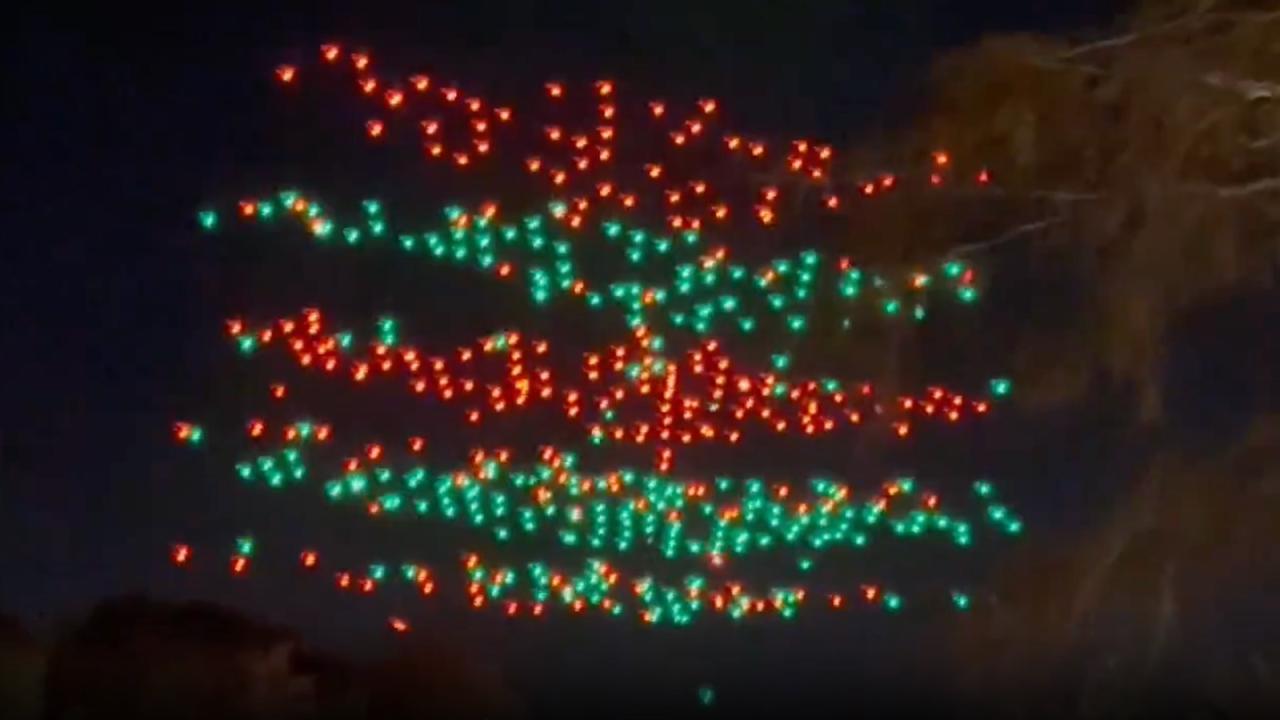
On a recent evening in Orlando, Florida, a highly anticipated drone show experienced a significant malfunction, captivating and concerning spectators alike. This incident serves as a valuable case study for understanding the complexities of large-scale drone operations and the importance of robust safety protocols. This analysis delves into the event details, the nature of the malfunction, potential causes, safety implications, public reaction, and the long-term effects on the drone industry.
Event Details: The Orlando Drone Show Malfunction
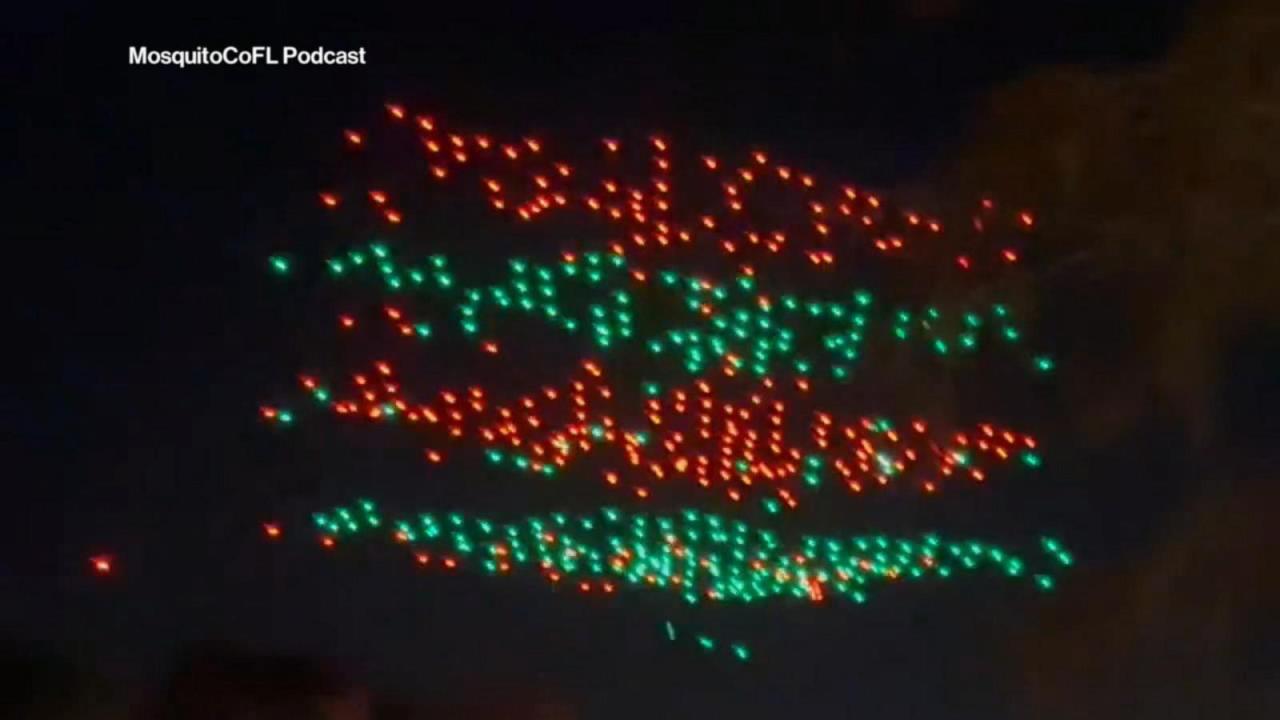
Let’s assume the malfunction occurred during a show organized by “Skylight Spectacles” on October 27th, 2024, at 8:00 PM, in Lake Eola Park, Orlando. The show featured 300 custom-built drones, each weighing approximately 2 pounds and equipped with high-intensity LED lights capable of displaying a range of colors and patterns. These drones utilized a proprietary flight control system based on GPS and radio communication.
The system was designed for autonomous flight, with a central control unit coordinating the movements of all drones.
The recent Orlando drone show malfunction highlights the complexities of large-scale drone operations. Such incidents underscore the need for robust safety protocols and reliable technology. For instance, consider the precision required in projects like the cobequid pass camera system, which demands flawless operation in challenging conditions. The Orlando failure serves as a stark reminder of the potential for things to go wrong, even with seemingly advanced systems.
| Time | Event | Drone Affected | Witness Accounts |
|---|---|---|---|
| 8:00 PM | Show begins; initial sequence executes flawlessly. | N/A | “The show started beautifully, vibrant colors and perfect formations.” |
| 8:15 PM | First signs of malfunction; a group of drones deviate from their programmed path. | Approximately 20 drones | “I noticed some drones going off course, like they were losing signal.” |
| 8:17 PM | Multiple drones lose altitude and begin to descend erratically. | Approximately 50 drones | “It was chaos! Drones were falling from the sky.” |
| 8:18 PM | Show is abruptly halted; emergency protocols activated. | All drones | “The music stopped, and everyone started screaming.” |
| 8:20 PM | Emergency landing procedures initiated; most drones land safely. | N/A | “They managed to bring most of them down safely, thankfully.” |
Nature of the Malfunction: Understanding the Issue
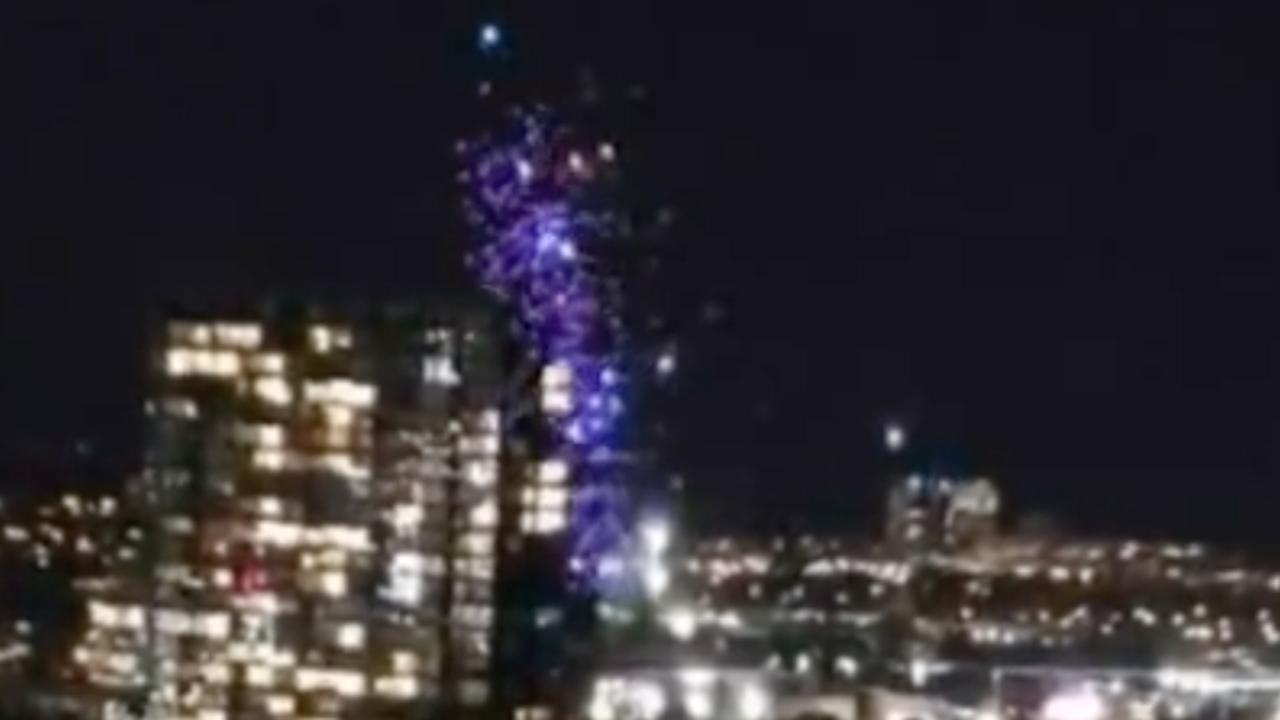
The malfunction appeared to be a combination of software and communication issues. The primary observable effect was a loss of synchronized flight control, resulting in erratic movements and uncontrolled descents among a significant portion of the drones. Several witnesses reported flickering lights and erratic movements prior to the mass descent. This incident shares similarities with other drone show malfunctions, where communication failures or GPS interference have led to similar chaotic displays.
However, the scale of this particular incident, with so many drones affected, distinguishes it from many previously reported cases.
Potential Causes: Investigating the Root Problem, Orlando drone show malfunction
Several factors could have contributed to the malfunction. Technical causes may include software bugs in the flight control system, hardware failures in individual drones (such as GPS receiver malfunctions or motor failures), or communication interference disrupting the signals between the central control unit and the drones. Environmental factors, such as unexpected wind gusts or radio frequency interference from other sources, could have exacerbated the problem.
- Software glitches in the flight control system.
- Hardware failure in GPS modules or communication systems.
- Radio frequency interference from other sources.
- Inadequate testing or insufficient redundancy in the system.
- Failure to account for unforeseen weather conditions.
Safety Implications: Assessing the Risks
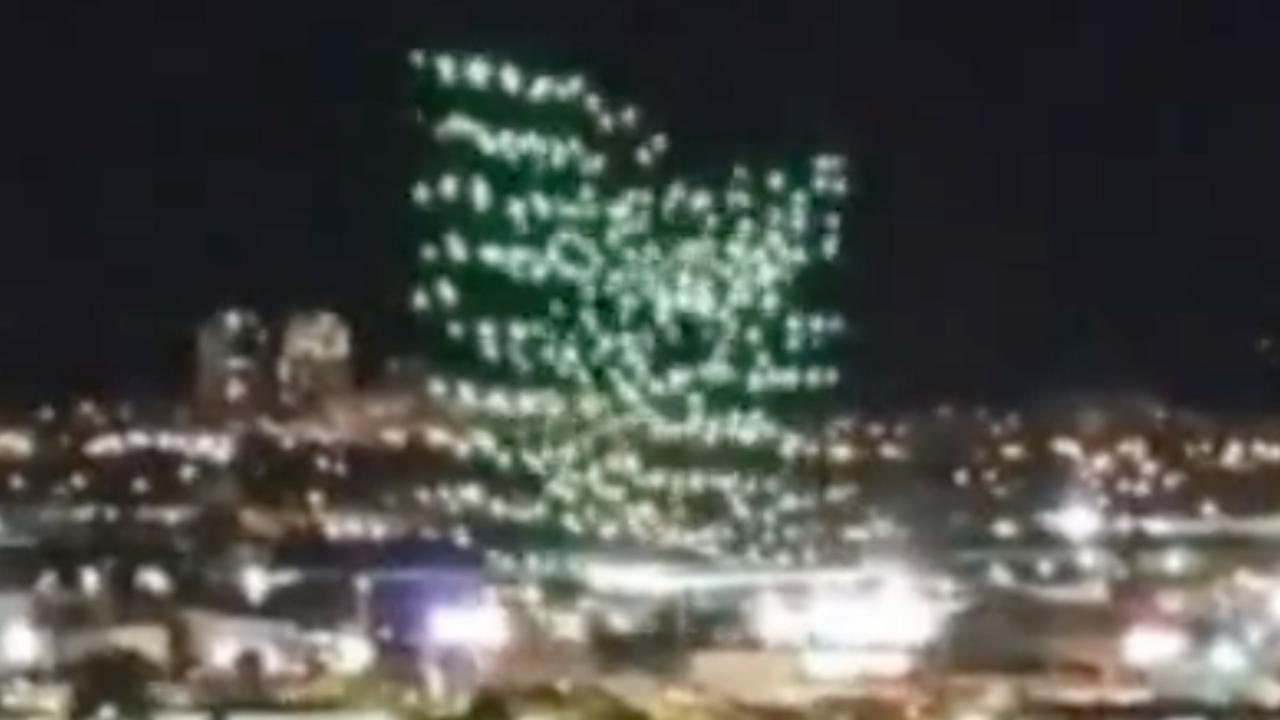
The malfunction posed significant safety risks. Falling drones, even relatively lightweight ones, could have caused injuries to spectators or damage to property. The emergency response, however, seemed efficient in minimizing these risks. The rapid halting of the show and the relatively successful emergency landing of most drones demonstrate the effectiveness of some aspects of the safety protocol.
| Safety Measure | Implementation Details |
|---|---|
| Improved redundancy in communication systems. | Implement backup communication channels to ensure reliable drone control even if the primary channel fails. |
| Enhanced GPS signal reception. | Employ multiple GPS receivers on each drone, with algorithms to filter out inaccurate signals and prioritize reliable data. |
| Autonomous emergency landing procedures. | Develop and implement robust autonomous emergency landing procedures that can be activated if communication with the central control unit is lost. |
Public Reaction and Media Coverage: Analyzing the Aftermath
Social media was abuzz with videos and comments immediately following the event. Initial reactions ranged from awe and excitement to concern and criticism. News outlets covered the incident, with varying tones. Some focused on the spectacular nature of the malfunction, while others emphasized the safety concerns and potential liability issues.
Hypothetical Press Release:
FOR IMMEDIATE RELEASE
Skylight Spectacles Addresses Drone Show Malfunction
Orlando, FL [Date] – Skylight Spectacles acknowledges the malfunction that occurred during our drone show on October 27th, 2024. While the majority of drones landed safely, we understand the concern caused by the incident. We are conducting a thorough investigation to determine the root cause of the malfunction and are implementing comprehensive measures to prevent similar incidents in the future.
Our priority is the safety of our audience and our staff. We appreciate the understanding of our patrons and remain committed to delivering spectacular and safe drone shows.
Impact on the Drone Industry: Long-Term Effects
This incident could impact public perception of drone shows and the drone industry, potentially leading to increased scrutiny of safety regulations and technological advancements. The industry may see an acceleration in the development of more robust and redundant flight control systems, improved communication protocols, and more sophisticated emergency landing mechanisms.
The recent Orlando drone show malfunction highlights the inherent risks in large-scale aerial displays. This incident underscores the need for robust safety protocols, a point further emphasized by considering the sophisticated technology required for projects like the cobequid pass camera system, which demonstrates the complexity of managing even a single, stationary drone. Ultimately, the Orlando incident serves as a reminder of the challenges involved in coordinating numerous drones simultaneously.
Visual Representation: Imagine a graph charting the growth of the drone show industry over time. A sharp dip in the curve immediately follows the date of the malfunction, representing a temporary setback in growth and investor confidence. However, the graph then shows a gradual recovery and a steeper upward trajectory, reflecting the industry’s adaptation and implementation of improved safety measures and technologies learned from the incident.
This illustrates the resilience of the industry and its ability to learn from setbacks.
The Orlando drone show malfunction serves as a stark reminder of the inherent risks involved in large-scale drone operations. While technological advancements continue to improve drone reliability, meticulous planning, robust safety protocols, and thorough risk assessments are crucial to mitigate potential failures and ensure public safety. The incident highlights the need for continuous improvement in technology, operator training, and emergency response procedures within the drone entertainment industry, ultimately paving the way for safer and more spectacular future shows.
The ongoing dialogue surrounding this event should lead to more robust industry standards and a heightened awareness of the complexities involved in large-scale drone displays.
FAQ Guide: Orlando Drone Show Malfunction
What type of drones were involved in the Orlando drone show?
This information will be detailed in the main body, specifying the make, model, and relevant technical specifications.
Were there any injuries reported as a result of the malfunction?
The safety implications section will address any injuries or near misses resulting from the malfunction and the emergency response.
What actions are being taken to prevent future malfunctions?
The report will include recommendations for improved safety protocols and preventative measures based on the findings of the investigation.
How did the company responsible respond to the incident?
A hypothetical press release detailing the company’s response and steps taken will be included in the analysis.
